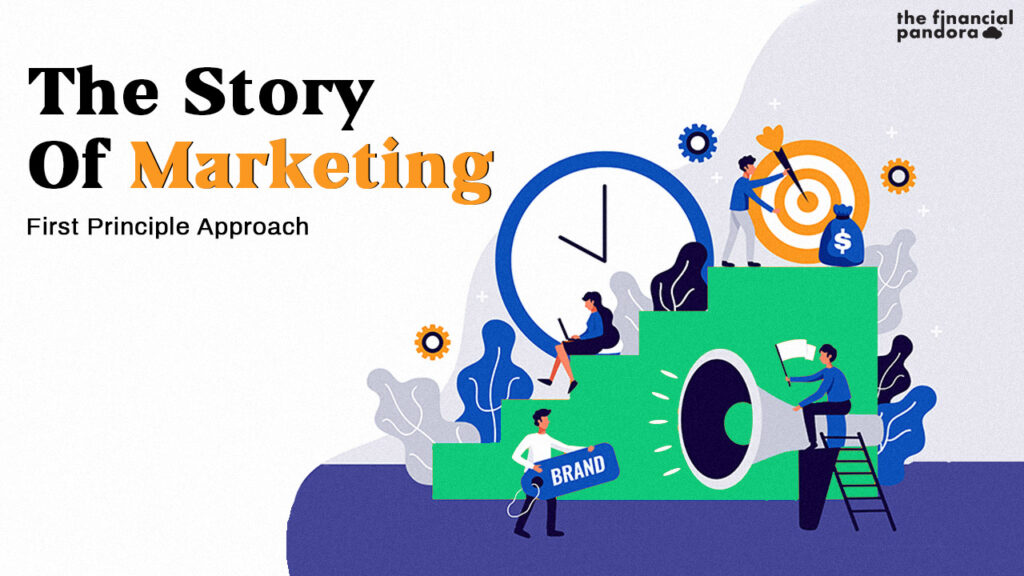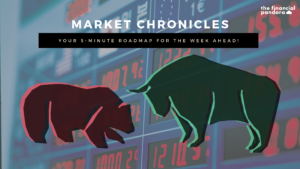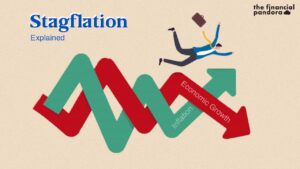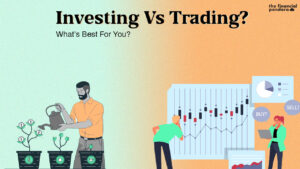If there was a time machine that could transport to the 1900s, and we were to refer a dictionary, Websters, guess which word would be missing from it? “Marketing”! You’d find the word market, but no marketing.
Marketing entered the dictionary roughly around the 1910s. So it seems that marketing is a relatively new concept. But what exactly does it mean? Now I know almost all blogs on marketing start off with the 4Ps, 7Ps, STP, ATL, BTL and many more combinations of letters. But today let’s take a first principle approach to marketing!
Marketers, in our generation, are synonymous to liars. They have this very evil connotation, of selling us things we never needed, con artist style. And why wouldn’t it? I mean even biblically, the first marketer was probably Lucifer, disguised as a snake convincing Eve and Adam to take a bite of the forbidden fruit. Or at least that is how it started out!
Ok, let’s come back to modern time. Before the biggest asset industrialist had were factories. The more efficient the factory, the better quality and quantity goods they could churn out, and dump in the market. The choice of the customer was restricted to what could be produced. That was selling. In fact, the first modern-day marketer was probably Dale Carnegie, with his famous book “How to make friends and Influence People”, timeless classics on selling. That was the start of marketing, in sales! But marketing is also about getting customers excited about using something that will benefit or improve the lives of the users. It’s about helping others. And if you make money in the process, good for you.
But I digress. Can you guess who wrote the first few books on Marketing? Well, they were economists. And why is marketing important to economics? Because somewhere some disillusioned economists realised that it wasn’t always just price that drove the demand because you had to factor in advertising, retail stores, branding in understanding what sells! Can you name the first brand that appeared on commodity? It was on a Soap and the brand was Pears! And then the first packaging appeared a little later, and then a marketing research team was set up in most companies. Because economists marketers, realised that this name on a commodity is actually a value-added property. So how do we work our way to ensure that this property is remembered by everyone that our product has touched? That brought about the brand logo, placed on the packaging and etched into the soap. Next touchpoint to cover was where the customers go to buy. Retail stores. Marketers started rearranging store formats in order to attract customers to their brands. But not all retail store owners were amenable to having their stores reshuffled. So there was introduced the concept of trade discount. Arrange your stores the way we suggest and you can take a bigger cut from the sales of the products.
Next touchpoint to cover was where the customers go to buy. Retail stores. Marketers started rearranging store formats in order to attract customers to their brands. But not all retail store owners were amenable to having their stores reshuffled. So there was introduced the concept of trade discount. Arrange your stores the way we suggest and you can take a bigger cut from the sales of the products.
So now, we have established touch-points between the customer and the brand when they use the product and where they go to buy the product. But that wasn’t enough. You needed to get the customers attention when they least expected it and etch your brand name into their memory. Brand Recall. And how did they do that? By advertising on popular media of the time. Newspapers, magazine, TV, Radio, Banners! Everywhere you went, the brand story followed you. In fact, the fight for the share of the mind got so intense that marketers were willing to pay for it. Via coupons. But in exchange, customers had to sign up for it, with their private data. Now marketers could actually track which customers from which region bought how many units of your products, at what price points and at what time.
But why would marketers want this data for? Well, if you notice so far the story has been one-directional. A broadcast. Marketers wanted to know what their customers felt about the products. And setting up this channel helped them do that. They could now check if customers in a particular region were churning, that is if they stopped purchasing your products. If so, you could figure out why by interviewing them. Was it that the soap was too drying? Maybe a dash of aloe vera could fix that?
Now you can witness the narrative changing. No longer was the focus on how can we sell. But what do we sell to whom? After all, not even God can be everything to everyone. So there came the concept of segmenting. You sliced your population, into segments, such that there would be different products appealing to each segment. It could be on the basis of price (in which case you’d use demographics data) or features (wherein you’d use psychographics).
You wouldn’t sell all product to every segment, that was targeting. Now that you know what products to target which segments of your customer base, how do you imprint your brand onto their memory (remember brand recall)? You’d have a statement that resonates with the audience in a way that is true to the value you offer, that was positioning.
Ok, so now you know what 4Ps and STPs stand for. Let’s get a little more in-depth. Remember we were talking of the marketer’s tools, advertising. Turns out there is more than one to do it right. You could either let the message about your product reach the wider audience or you could choose to target only particular segments of customers. The former is above the line or ATL while the latter is below the line BTL. Generally, we see brands opting for BTL marketing activities, while mass-market or commodities opting for ATL marketing.
Wait a minute, what is Brand? Well, a brand is nothing but a promise to the customer. Step into a Lemon Tree hotel anywhere in the country, you’d experience the same ambience, the same service and even breathe in the same aroma! That is the brand of Lemon Tree.
Sometimes the allure of the brand is so highly viewed, that consumers are willing to pay more than what they would for a substitute or alternate product. That is your Brand Equity.
So the next time someone throws a marketing jargon at you, remember the first principles and you can have a logically sound repartee ready!
Follow Us @
Some Unrelated Stories!




